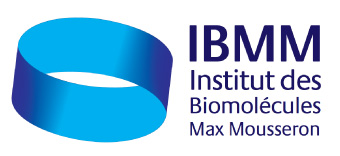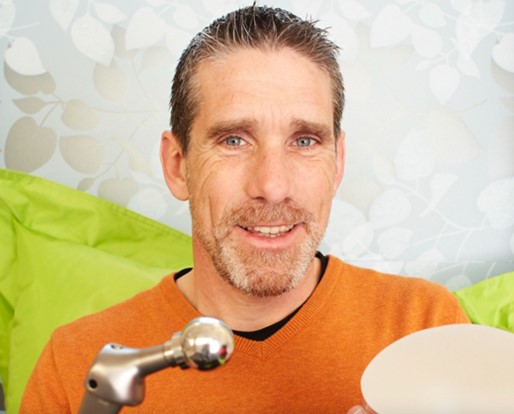L’équipe « Polymères pour la Santé » reçoit Emmanuel Pauthe et organise une conférence
Emmanuel Pauthe, 52 ans, Professeur à l’Université CY Cergy-Paris, directeur du Laboratoire ERRMECe et responsable du Master Sciences et Ingénierie des Biomatériaux pour la Santé. Emmanuel Pauthe a obtenu son doctorat en Génie Biologique en 1999 à l’Université de Technologie de Compiègne. Depuis 25 ans, il a mené plusieurs projets financés, principalement dans les domaines de la biochimie des protéines et de la science des biomatériaux. De 2009 à 2011, il a passé deux ans en tant que professeur invité à Yale (États-Unis) dans le domaine du génie chimique. Il a formé plus de 20 doctorants et post-doctorants, a rédigé 60 publications et a déposé 3 brevets.
Conférence le 19 juin à 11h, salle Balard 1
Biomaterials functionalized, natural active ingredients and bioactive glass matrices: Toward strategies to meet the challenges of implants integrations
and tissues bioengineering
Whether through active biomolecular coatings deposited on the surface of implanted materials, or the use of proactive complexes dispersed in systems generated in volume- such as hydrogels – or even with combination of inorganic and organic phases; the science of biomaterials increasingly calls on a variety of biofunctionalization strategies.
In this work will be exposed first some results, that, with multilayer films at interfaces involving bimolecular systems based on matrix biomolecules -such as fibronectin- and organic polymers -such as Poly Lysine-, or with gel systems enriched with lipid particles as reservoirs of active ingredients, contributes, in combination with natural active ingredients or even phages, to i) improve physico-chemical properties, ii) optimize therapeutic effects and thus ideally integrate various biomaterials at their site of action, iii) promote adhesion with surrounding healthy tissue and iv) prevent bacterial infection. Second, in the context of bone repair substitutions, that requires specific properties – such as bioactivity, biodegradability, biocompatibility – combined with mechanical properties tailored to the tissue, recent data that involved bioactive glass – an interesting material thanks to its ability to form a reactive apatite layer and bind strongly to bone tissue- will be presented. By combining it with synthetic polymers – such as Poly Lactic Acid – in the form of a protective membrane against the invasion of fibrous tissue or to 3D print customized structures, or with natural polymers – such as gelatin – to obtain hybrid bioactive hydrogels designed to fill bone defects, innovative solutions for bone reconstruction can be developed. These various combinations of bioactive glass and organic matrices enable different solutions to be obtained with different shapes and chemical associations capable of responding to the shape constraints of the bone defects under consideration while presenting osteostimulating cellular properties.

